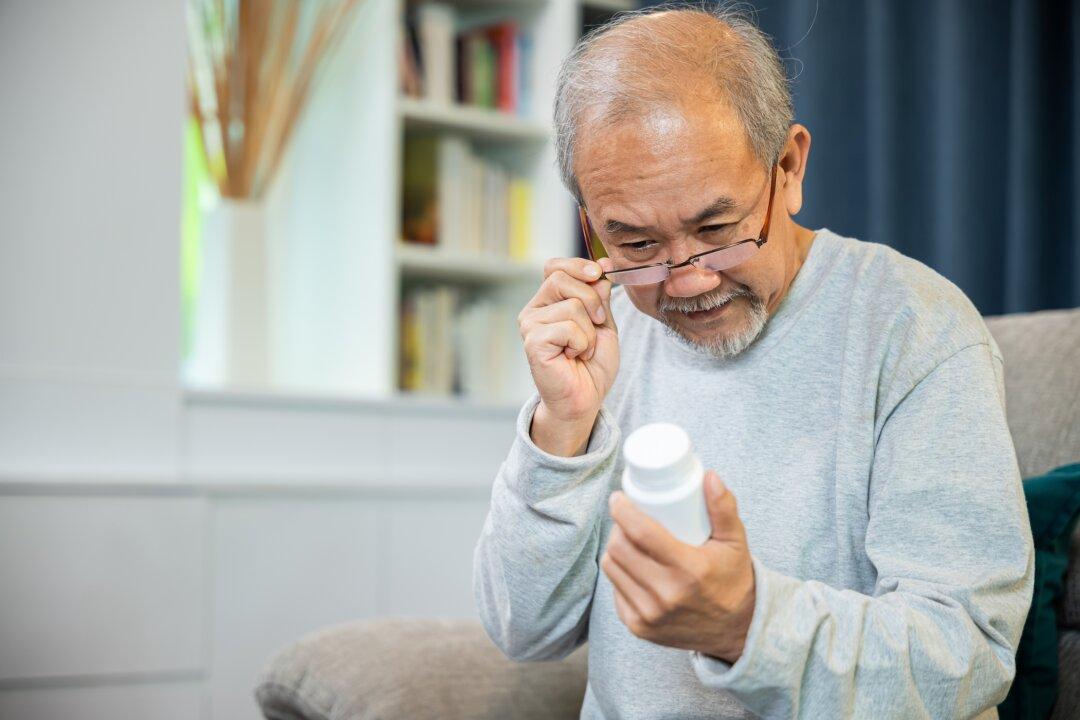There’s mounting evidence of the multiple healing properties of turmeric against pain and common ailments such as osteoarthritis and rheumatoid arthritis. Now, a study reveals that this herb can help alleviate asthma among children and adolescents.
As a medicinal herb, few remedies have been as widely used over the centuries as the root of Curcuma longa L., or turmeric. Its value to the scientific world proves to be as vast as treating 600 health conditions, thanks to its multiple healing properties.





